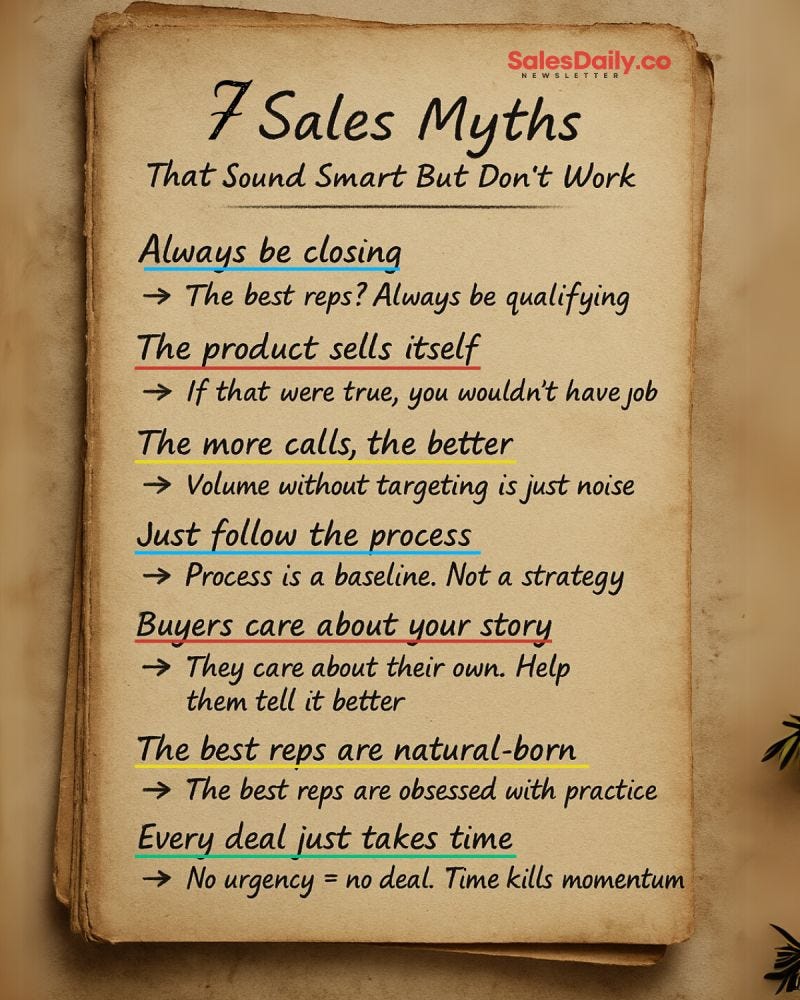#422: Why Saying No Is the Most Underrated Leadership Skill
Great leaders focus on what matters most. Learn how to set clear priorities, say “no” with confidence, and rally your team around a shared mission.
Oprah Winfrey inspired me to write today about priorities. Remember her iconic giveaway shows? “And you get a car!” she’d shout over and over, as the audience erupted in joy. Everyone left with something extravagant, no strings attached. Contrast that with Washington budget negotiations, where leaders promise “tax breaks for you” and “spending cuts for them” to cobble together votes. The difference? Oprah’s fans showed up for the experience, not the gifts. Politicians, however, often prioritize appeasing everyone over meaningful progress. Great leaders don’t fall into this trap, they focus on what truly matters. They don’t need to bribe their followers to go along with them.
As a leader, your to-do list is endless, strategic goals, team dynamics, urgent crises, and long-term visions all vie for your attention. But outstanding leadership isn’t about tackling everything at once, but mastering the art of prioritization. Effective leaders know how to rally their teams around what truly matters, aligning everyone on key objectives while consciously choosing to set less critical issues aside. Most importantly, leaders need to motivate their troops to a point where they are more excited about the team’s priorities than their own. Leaders breed selflessness.
This isn’t just about time management, it’s about clarity, focus, and the courage to say “not now” to good ideas so the best ones can thrive. Here’s how to set priorities that drive impact and get your team on board with a shared sense of purpose.
Define What Matters Most—And Stick to It
Unlike politicians chasing votes by promising everything, great leaders start by identifying the non-negotiables. This means asking tough questions: What are the one or two goals that will move the needle for your organization? What aligns with your mission and delivers the most value? For example, a tech startup might prioritize product development over marketing buzz, while a nonprofit might focus on donor relationships over new programs.
To do this, involve your team early. Host a strategy session to clarify the top priorities, using data or customer feedback to ground decisions. In DC, budget deals often balloon because every interest group gets a slice. In contrast, you should ruthlessly cut initiatives that don’t serve the core mission, even if they’re popular or emotionally appealing. Communicate the “why” behind your choices clearly; transparency builds trust and keeps everyone focused.
Master the Art of Saying “No”
Saying “no” is where leadership grit comes in. In Washington, leaders often say “yes” to every demand to avoid conflict, leading to bloated budgets and diluted outcomes. As a leader, you need the courage to say “not now” to good ideas that don’t fit your priorities. This isn’t about being rigid, it’s about protecting your team’s energy and resources for what matters most.
For instance, if a team member pitches a new project that’s exciting but off-strategy, acknowledge its value but defer it. Try something like, “I love the creativity here, but we’re laser-focused on driving new customer acquisition this quarter. Let’s revisit this later.” This keeps morale high while reinforcing focus. Document deferred ideas so they aren’t forgotten, just shelved for now, and make sure you bring them up during the next strategy session.
Align Your Team Through Clear Communication
Prioritization fails without buy-in. In DC, leaders often negotiate behind closed doors, leaving stakeholders confused or skeptical. Great leaders avoid this by over-communicating priorities to their teams. Hold regular check-ins to reinforce what’s on the table and what’s off. Use visuals like a priority matrix or a simple chart to show what’s being worked on and why.
For example, you could create a shared dashboard with three columns: “Focus Now,” “Next Up,” and “On Hold.” This clarity helps your team internalize the plan and reduces friction when you say no to distractions. It also builds a culture of accountability, everyone knows the goal and their role in it.
Lead by Example, Live Your Priorities
Your actions must match your words. Your team will follow suit if you preach prioritization but get sidetracked by every shiny new idea, model discipline by sticking to your priorities. If you’ve decided to focus on customer retention over new acquisitions, don’t spend hours brainstorming marketing campaigns for new markets. Show your team what focus looks like, and they’ll mirror it.
Unlike DC’s endless deal-making, your leadership should be a beacon of clarity. Setting and sticking to priorities creates a culture where everyone knows what’s essential, trusts the process, and works together to achieve meaningful results.
If you get sidetracked, let the team hold you accountable. They should call you out, and you should be humble as they do.
Setting priorities means making tough choices. We do this as families all the time. I would love to go to Hawaii for three weeks, but that would mean not being able to pay my mortgage. Sure, a new car would be nice, but the kids' college fund needs that money. We set priorities as a family; why not use the same strategy when you are running your team?
At the Kole Performance Group, we can help you set priorities and develop the influence you need for your team. Schedule a 30-minute free consultation to see how we can work together.
Sneak Preview
#424: Why “Always Be Closing” Is Oversimplified: The Real Art of Sales
… And as you grow older, you learn that the ABCs sound catchy, but they’re oversimplified. All of those things you heard about sales, the quotes, taglines, and marketing make it sound easy. And if you have been at it for as long as I have, you have learned that it is a profession. One that you need to hone, refine, and improve on daily.





